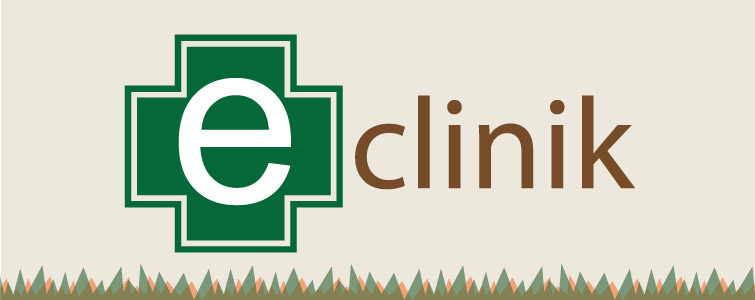Functional Groups
To study any pest species from the point of view of management aspect, it is necessary to gain access on complete knowledge about its habit and habitats. Nesting habit of termites is an important aspect when studying about structure damaging termites. According to Abe, trends of termite nesting was divided into six different patterns based on feeding habit and nesting pattern viz.
-
Drywood termites (mainly Kalotermitidae),
-
Dampwood termites (Archotermopsidae, and some species of Rhinotermitidae),
-
Intermediate termites (Mastotermitidae, most of Rhinotermitidae and some species of Kalotermitidae and Termitidae),
-
Arboreal termites (many species of Termitidae),
-
Subterranean termites (Hodotermitidae, some species of Rhinotermitidae, Serritermitidae, and many species of Termitidae) and
-
Humus feeding termites (a few species of Termitidae).Group-I contained lower termites feeding on dead wood and grass;
Dry-wood termites build nests on dry and hard wood, while damp-wood termites feed exclusively on the wet, decaying wood.Donovan and his co-workers have depicted a fabulous framework of termite feeding group classification based on gut content analysis. Termites were grouped into four feeding groups, amongst which,
-
Group-II contained Termitidae with an array of feeding pattern on dead wood, grass, leaf-litter and micro-epiphytes [within Group-II, sub-group II-F consisted termites which feed on grass, dead wood and leaf litter with the help of mandatory fungal mutualism (Termitomyces) in the fungal garden].
-
Group-III included Termitidae devouring on the organic rich upper soil layer.
-
Group-IV included true soil feeders consuming on mineral soil. This feeding habit-based classification of termites could help largely to distinguish the bio-ecology of a species belonging to concerned feeding type, which in turn could be useful for formulate appropriate management strategy.
Fungal spores (white nodules) are of Termitomyces species - comb excavated from a mound in IARI Farm
Fungal comb - Group II-F termites are most prevalent in Asia & Africa - culprit of the damages to agricultural crops, notably absent in America
Total Visit: 02014885


